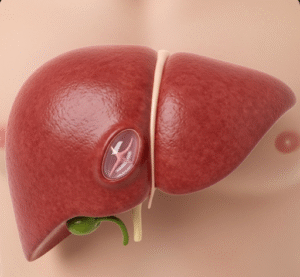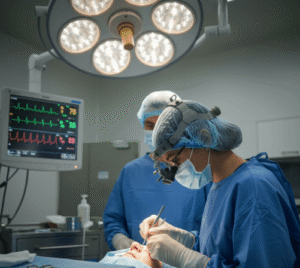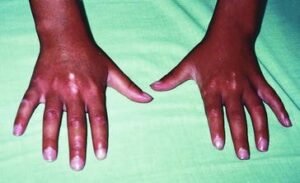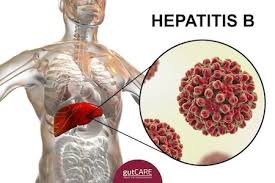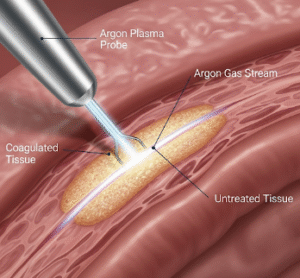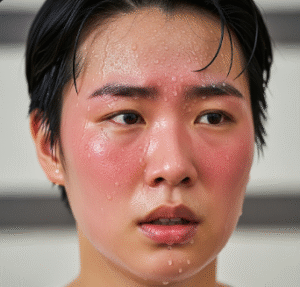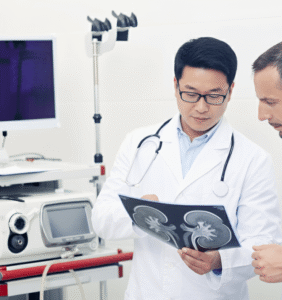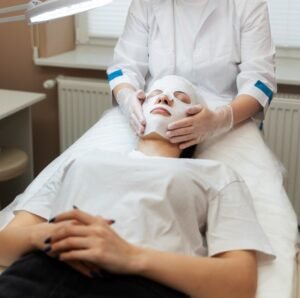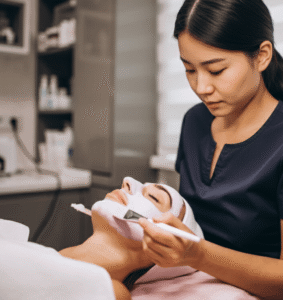Overview
Hyperarousal is a state of increased psychological and physiological tension, commonly associated with post-traumatic stress disorder (PTSD), anxiety disorders, and chronic stress. Individuals in a hyperaroused state experience heightened alertness, exaggerated startle response, difficulty sleeping, and irritability.
While hyperarousal is a normal short-term response to stress, prolonged hyperarousal can interfere with daily functioning, relationships, and overall well-being. In South Korea, mental health clinics and specialized psychiatric centers provide assessment, therapy, and treatment strategies to manage hyperarousal effectively.
Key Facts
🟢 ➤ Hyperarousal is characterized by excessive alertness, heightened reactivity, and difficulty calming down.
🟢 ➤ Often associated with PTSD, anxiety disorders, depression, or chronic stress.
🟢 ➤ Symptoms include irritability, sleep disturbances, hypervigilance, and an exaggerated startle response.
🟢 ➤ Persistent hyperarousal can affect mental health, cognitive function, and physical health.
🟢 ➤ Treatment includes therapy, stress management, and sometimes medication to regulate mood and arousal levels.
🟢 ➤ South Korean mental health centers provide integrated care, combining psychotherapy, mindfulness, and medical treatment.
What is Hyperarousal?
Hyperarousal is a physiological and psychological state where the body remains in a heightened “fight or flight” mode.
Key points:
➤ The autonomic nervous system is overactive, leading to increased heart rate, blood pressure, and stress hormone levels.
➤ It can be short-term (acute), as a response to immediate stress, or long-term (chronic) in mental health disorders.
➤ Hyperarousal affects sleep, concentration, emotional regulation, and behavior, often making it difficult to relax or feel safe.
➤ Commonly observed in PTSD, anxiety, depression, or after exposure to traumatic events.
Symptoms Related to Hyperarousal
Symptoms may be psychological, physiological, or behavioral:
🟢 ➤ Psychological: irritability, anxiety, anger, emotional reactivity, difficulty concentrating.
🟢 ➤ Physiological: rapid heartbeat, sweating, shallow breathing, muscle tension, headaches.
🟢 ➤ Sleep disturbances: insomnia, difficulty falling asleep, frequent awakenings, or nightmares.
🟢 ➤ Behavioral: hypervigilance, exaggerated startle response, avoidance of triggers, or impulsive behavior.
🟢 ➤ Cognitive: racing thoughts, difficulty focusing, or memory lapses.
🟢 ➤ Social impact: difficulties in personal or professional relationships due to irritability or hyperreactivity.
Causes / Possible Causes
Hyperarousal occurs due to activation of the body’s stress response system, often triggered by:
Post-Traumatic Stress Disorder (PTSD)
➤ Trauma exposure causes persistent activation of the fight-or-flight response, leading to chronic hyperarousal.
Anxiety Disorders
➤ Generalized anxiety, panic disorder, or phobias can heighten alertness and physiological arousal.
Chronic Stress
➤ Prolonged stress exposure dysregulates the autonomic nervous system and stress hormone levels.
Sleep Disorders
➤ Poor sleep quality or sleep deprivation can exacerbate hyperarousal, creating a vicious cycle.
Medical Conditions and Medications
➤ Certain medications, stimulants, or hormonal imbalances may contribute to heightened arousal states.
When Should I See a Doctor?
Seek professional help if hyperarousal:
🟢 ➤ Interferes with daily functioning, work, or relationships.
🟢 ➤ Causes persistent insomnia or sleep disturbances.
🟢 ➤ Leads to intense anxiety, panic attacks, or aggressive behavior.
🟢 ➤ Is associated with trauma, depression, or chronic stress.
Early intervention ensures proper diagnosis, personalized therapy, and prevention of long-term complications, including depression or substance abuse.
Care and Treatment
Managing hyperarousal involves multidisciplinary approaches, including therapy, lifestyle changes, and medications when necessary:
Psychotherapy
➤ Cognitive Behavioral Therapy (CBT) – helps patients identify triggers and manage stress responses.
➤ Trauma-focused therapy – particularly for PTSD, helping patients process and integrate traumatic experiences.
➤ Mindfulness-based therapy – teaches relaxation techniques, breathing exercises, and awareness to reduce hyperarousal.
Medication Management
➤ Anti-anxiety medications or selective serotonin reuptake inhibitors (SSRIs) may help regulate mood and arousal.
➤ Sleep aids may be prescribed temporarily for insomnia or night-time hyperarousal.
Lifestyle and Home Strategies
➤ Regular exercise to reduce stress hormones and improve sleep quality.
➤ Stress-reduction techniques such as meditation, deep breathing, or yoga.
➤ Avoiding stimulants (caffeine, nicotine) that can worsen hyperarousal.
Advanced Care in Korea
➤ Korean psychiatric and mental health clinics offer integrated care programs for hyperarousal.
➤ Multidisciplinary teams combine neurology, psychiatry, and occupational therapy to provide personalized interventions.
➤ Digital therapy programs, counseling, and patient education enhance long-term management and quality of life.
Highlights (Clean Green Arrow Version)
🟢 ➤ Hyperarousal is a state of increased physiological and psychological tension, often linked to PTSD, anxiety, or chronic stress.
🟢 ➤ Symptoms: irritability, hypervigilance, rapid heartbeat, sleep disturbances, and difficulty concentrating.
🟢 ➤ Causes: trauma, anxiety disorders, chronic stress, sleep disorders, and certain medications.
🟢 ➤ Treatment: psychotherapy, mindfulness, medications, lifestyle modifications, and supportive care.
🟢 ➤ Early intervention prevents long-term complications and improves emotional regulation, sleep, and quality of life.
🟢 ➤ South Korea provides comprehensive mental health care, including therapy, medical management, and integrative approaches.


